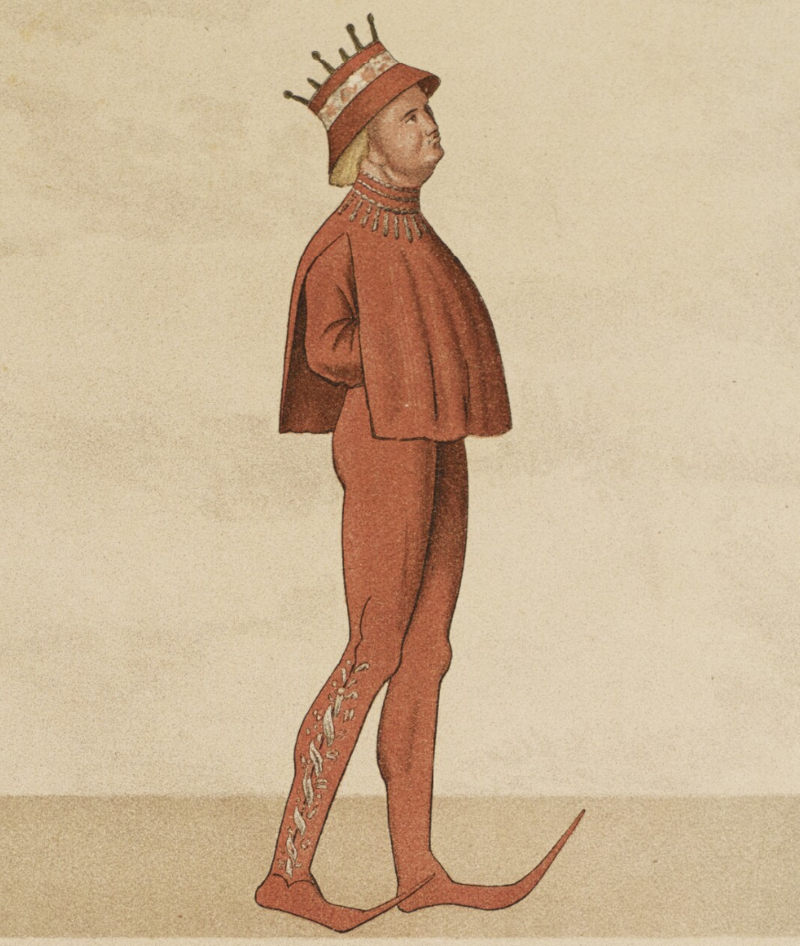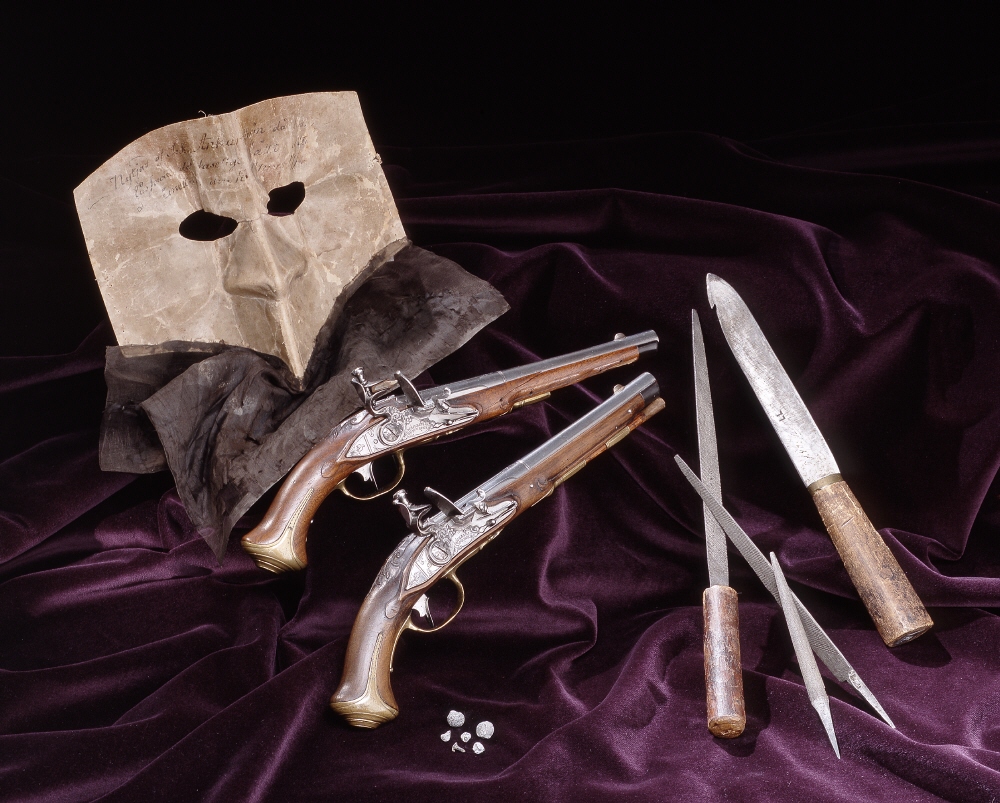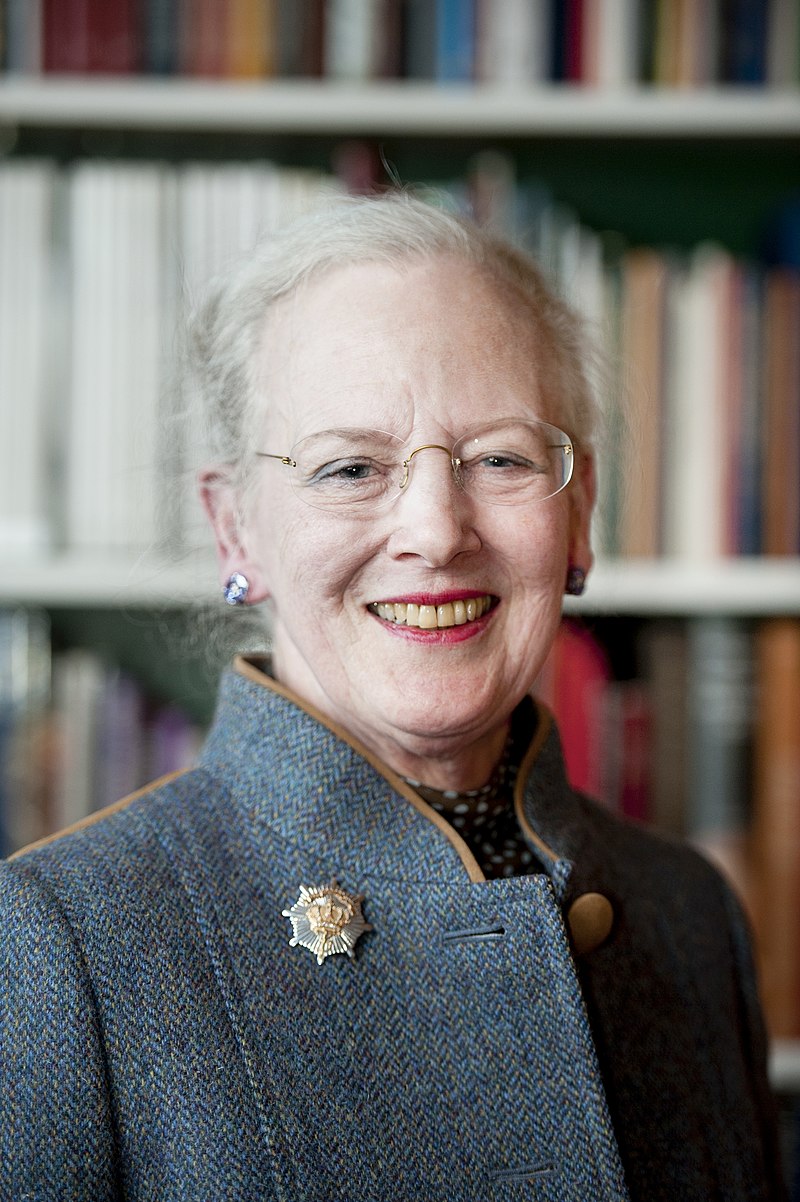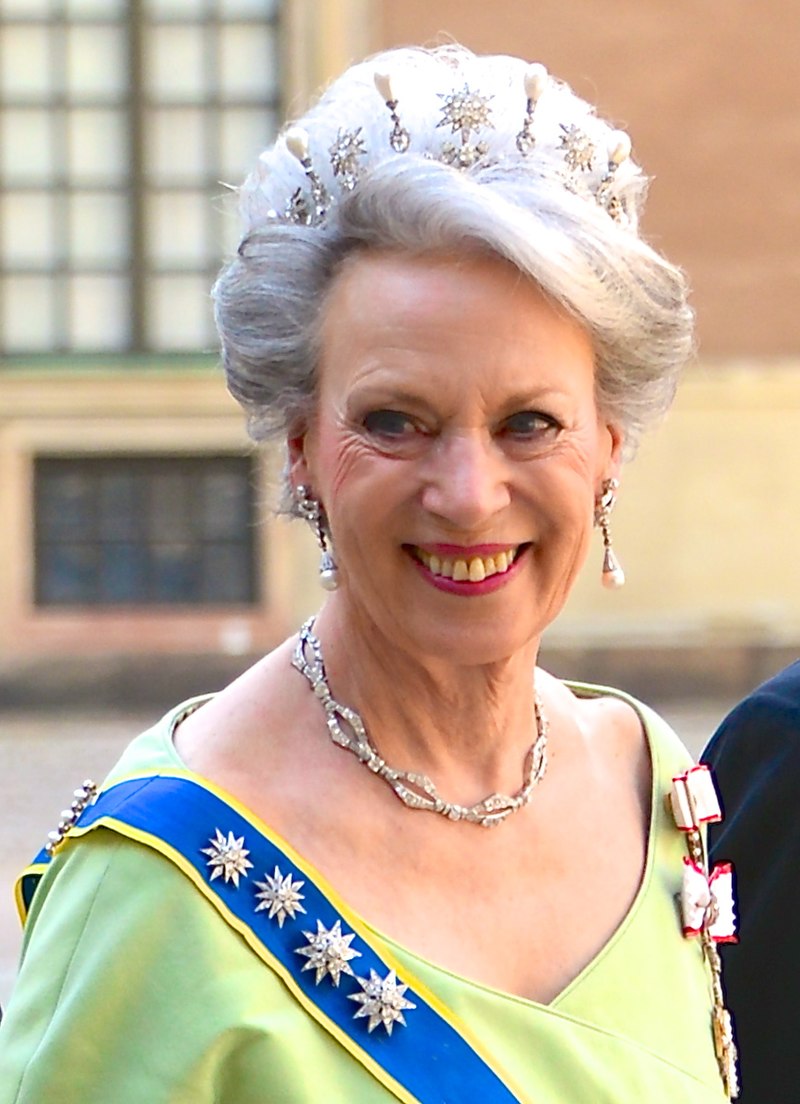by Susan Flantzer © Unofficial Royalty 2018

Grand Duchess Maria Pavlovna (the Younger) of Russia; Credit – Wikipedia
A first cousin of both Nicholas II, the last Emperor of All Russia and Prince Philip, Duke of Edinburgh, Grand Duchess Maria Pavlovna of Russia was the only daughter and the eldest of the two children of Grand Duke Paul Alexandrovich of Russia and Princess Alexandra of Greece and Denmark (Grand Duchess Alexandra Georgievna). She was born at her father’s palace on the English Embankment in St. Petersburg, Russia, on April 18, 1890. Grand Duke Paul was the youngest child of Alexander II, Emperor of All Russia and Princess Marie of Hesse and by Rhine (Empress Maria Alexandrovna). Princess Alexandra was the eldest daughter of King George I of Greece (born Prince Vilhelm of Denmark) and Grand Duchess Olga Konstantinovna of Russia, a granddaughter of Nicholas I, Emperor of All Russia.
Maria Pavlovna was named after her late paternal grandmother Empress Maria Alexandrovna and her aunt by marriage and great-aunt by blood Empress Maria Feodorovna (born Princess Dagmar of Denmark, the sister of Maria Pavlovna’s maternal grandfather) who was one of the godparents at Maria Pavlovna’s christening at the Grand Church of the Winter Palace in St. Petersburg. Maria Pavlovna was often referred to as “the Younger” to differentiate her from Grand Duchess Maria Pavlovna (born Marie of Mecklenburg-Schwerin), the wife of her paternal uncle, Grand Duke Vladimir Alexandrovich.
Maria Pavlovna was well-connected to royalty throughout Europe. Among her other first cousins were King Christian X of Denmark, King Haakon VII of Norway, King George V of the United Kingdom, Queen Maud of Norway, King Constantine I of Greece, Queen Marie of Romania, and Grand Duchess Victoria Feodorovna (Princess Victoria Melita of Edinburgh and Saxe-Coburg and Gotha) who married Grand Duke Kirill Vladimirovich of Russia, who was both Maria Pavlovna’s first cousin and his wife’s first cousin.

Maria Pavlovna with her mother; Credit – Wikipedia
When Maria Pavlovna was only seventeen months old, her mother died shortly after giving premature birth to her second child, Maria Pavlovna’s brother:
Maria’s father Grand Duke Paul was grief-stricken and depressed after the tragic death of his wife. For a period of time, his childless brother, Grand Duke Sergei Alexandrovich, and his wife, Grand Duchess Elizabeth Feodorovna (born Princess Elisabeth of Hesse and by Rhine), took care of little Maria and Dmitri. Eventually, Grand Duke Paul recovered from his grief, and Maria and Dmitri went to live with him. The two children were brought up by English nannies, and Maria did not speak Russian until she was six years old. Christmas holidays and some periods during the summer were spent with Grand Duke Sergei and Grand Duchess Elizabeth Feodorovna.

Maria Pavlovna and her brother Dmitri Pavlovich in the 1890s; Credit – Wikipedia
In 1895, Maria’s father, Grand Duke Paul, began an affair with a married woman, Olga Valerianovna Karnovich. Olga gave birth in 1897 to a son. After Olga divorced her husband, Paul asked for permission to marry her from his nephew, Nicholas II, Emperor of All Russia, but Nicholas refused. Despite this, Paul married Olga morganatically in 1902. Because he married without Nicholas II’s permission, Paul was banished from Russia, dismissed from his military commissions, and his property was seized. His brother, Grand Duke Sergei, was appointed the guardian of Maria and Dmitri. Grand Duke Paul and his wife Olga settled in France. Paul was allowed to visit his children periodically in Russia.
Grand Duke Paul had three children with Olga, Maria’s half-siblings:
- Prince Vladimir Pavlovich Paley (1897–1918), one of the five Romanovs executed on July 18, 1918, along with Grand Duchess Elizabeth Feodorovna
- Princess Irina Pavlovna Paley (1903–1990), married (1) Prince Feodor Alexandrovich of Russia, had one son, divorced (2) Count Hubert Conquere de Monbrison, had one daughter
- Princess Natalia Pavlovna Paley (1905–1981), married (1) Lucien Lelong, a French fashion designer, no children (2) John Chapman Wilson, an American theatre director and producer, no children
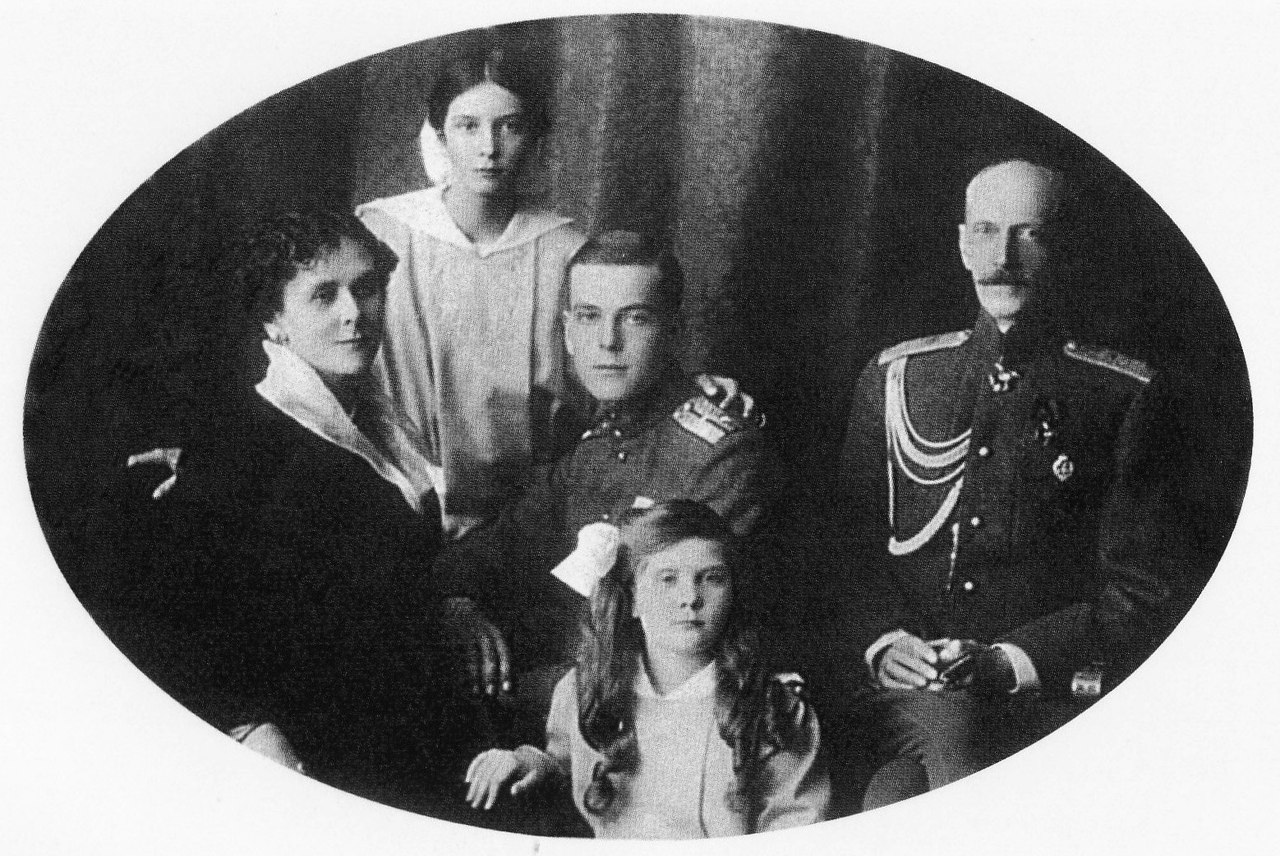
Paul, Olga, and their children in 1916; Credit – Wikipedia
When Grand Duke Sergei was assassinated by a bomb in 1905, his brother Paul was allowed to return to Russia to attend the funeral. Paul asked Nicholas II to restore the custody of his children, but instead, Nicholas named Sergei’s widow, Grand Duchess Elizabeth Feodorovna, as the children’s guardian. Grand Duke Paul was allowed to return to Russia for good in 1914. His titles and property were restored, and Nicholas II granted his wife and children the titles Princess and Prince Paley. By the time her father was allowed to return to Russia, Maria Pavlovna had married and divorced a Swedish prince.
In 1907, Grand Duchess Elizabeth Feodorovna received a request from the Swedish royal court via her sister Irene in Berlin for a photograph of Maria. The soon-to-be Queen Victoria of Sweden (born Victoria of Baden, wife of the soon-to-be King Gustav V of Sweden) was looking for a bride for her second son, Prince Wilhelm, Duke of Södermanland. Marrying off Maria worked well with Elizabeth’s plans of retiring from the court and starting a Russian Orthodox religious order.
It was decided that Prince Wilhelm would travel to Moscow to meet Maria Pavlovna. The day after they met, 23-year-old Wilhelm told 16-year-old Maria he wanted to marry her. Pressured by Elizabeth Feodorovna, Maria Pavlovna became engaged to marry a man she had just met, but with the stipulation that the wedding was to be postponed until Maria was 18 years old. Nicholas II gave his permission, but notably absent was any input from Maria’s exiled father. The couple married at the Catherine Palace at Tsarskoye Selo on May 3, 1908, and Grand Duke Paul was at least permitted to attend the wedding.
Embed from Getty Images
Maria Pavlovna and Prince Wilhelm of Sweden on their wedding day
Maria Pavlovna and Wilhelm had one child:

Prince Wilhelm and Maria Pavlovna with their son Lennart in 1911; Credit – Wikipedia
Maria’s marriage was not a happy one. She never loved her husband, a naval officer and frequently absent from home. In addition, Maria was homesick in a strange country where the royal court was even more formal than the Russian court. In 1913, Maria left her husband and son and returned to Russia, which caused a great scandal in Sweden. On March 13, 1914, her marriage was officially dissolved and confirmed by an edict issued by Nicholas II on July 15, 1914. Maria’s son Lennart remained in his father’s custody, was raised primarily by his paternal grandmother, Queen Victoria of Sweden. Lennart rarely saw his mother during his childhood.

Maria Pavlovna in her nurse’s uniform; Credit – Wikipedia
When World War I started in 1914, Marie Pavlovna trained as a nurse. For two and a half years, she treated injured soldiers, sometimes even performing simple surgeries herself. For her bravery under enemy fire, Maria received the Cross of St. George.

Grand Duke Dmitri Pavlovich, Grand Duke Paul Alexandrovich, and Grand Duchess Maria Pavlovna in 1914; Credit – Wikipedia
In the fall of 1916, the Romanov family was increasingly worried about Grigori Rasputin’s influence on Nicholas II and his wife, Alexandra Feodorovna. After working with many physicians to help her son Tsarevich Alexei relieve his hemophilia, Alexandra turned to mystics and faith healers. This led to her close, and disastrous, relationship with Grigori Rasputin. Several times Rasputin appeared to have brought the Tsarevich back from the brink of death, further cementing Alexandra’s reliance. To many historians and experts, this relationship would contribute greatly to the fall of the Russian monarchy. On December 30, 1916, Rasputin was murdered, and Maria’s brother, Grand Duke Dmitri Pavlovich, was one of the conspirators. Dmitri was exiled to Persia (Iran), a blessing in disguise as the exile possibly saved him from being killed during the upcoming Russian Revolution.
The February Revolution, the first of two revolutions in Russia in 1917, was caused by military defeats during World War I, economic issues, and scandals surrounding the monarchy. The immediate results were Nicholas II’s abdication, the end of the Romanov dynasty, and the Russian Empire’s end. Later in 1917, the October Revolution occurred, paving the way for the establishment of the Soviet Union.

Maria Pavlovna’s second husband, Prince Sergei Mikhailovich Putyatin; Credit – Wikipedia
In the early days of World War I, Maria Pavlovna became reacquainted with Prince Sergei Mikhailovich Putyatin, the son of the former palace commandant at Tsarkoye Selo, where they had met as children. A romance developed, and Maria and Sergei Mikhailovich were married on September 19, 1917. They had one son:
- Prince Roman Sergeievich Putyatin (1918 – 1919), died from an intestinal disorder
The Russian Revolution was disastrous for Maria Pavlovna’s family. On July 18, 1918, the day after the execution of her first cousin Nicholas II, Emperor of All Russia and his family, Maria Pavlovna’s half-brother Prince Vladimir Paley, Prince Ioann Konstantinovich, Prince Konstantin Konstantinovich, Prince Igor Konstantinovich, Grand Duke Sergei Mikhailovich and Grand Duchess Elizabeth Feodorovna, Maria’s aunt and her former guardian, were murdered by the Bolsheviks. See Unofficial Royalty: Execution of Grand Duchess Elizabeth Feodorovna and Five Other Romanovs for more information.
On January 28, 1919, Maria’s father, Grand Duke Paul Alexandrovich, along with three other Grand Dukes, were executed by a firing squad in the courtyard of the Peter and Paul Fortress. See Unofficial Royalty: Execution of Four Russian Grand Dukes for more information.
When the October Revolution broke out in 1917, Maria was pregnant and could not leave Russia. After she gave birth to her son in June 1918, Maria left her son in her mother-in-law’s care, and with her husband Sergei Mikhailovich, left Russia for good. They went to Romania, where they were sheltered by King Ferdinand I of Romania, who was married to Maria’s first cousin, Queen Marie (born Princess Marie of Edinburgh). It was while she was in Romania that she learned the tragic news of the deaths of her father, half-brother, and aunt. Marie and Sergei Mikhailovich received traveling visas for France and left for Paris. The first years of exile were financed by the sale of the jewels Maria had managed to smuggle to Sweden before escaping Russia. On July 29, 1919, Maria and Sergei received the news that their young son had died in Romania.
Maria Pavlovna, like many exiled aristocratic Russians, found a place for herself in the Paris fashion industry by founding a Russian embroidery shop called “Kitmir” that specialized in bead and sequin embroidery. Maria was reunited with her brother Dmitri in Paris, who began a love affair with the fashion designer Coco Chanel. This affair proved to be a great advantage to Maria’s embroidery shop, and soon Chanel became Maria’s main client. While Maria was spending many hours working in her business, her husband Sergei Mikhailovich was spending his time with former Russian army officers and squandering money. The couple divorced in 1923.

Maria Pavlovna in the 1920s; Credit – Wikipedia
Maria’s business continued to be successful, but by 1928, embroidery was out of style. Maria sold her shop and moved to London. There she started to sell her own perfume, Prince Igor, in an unsuccessful attempt to copy the success of Chanel No. 5 and fashion designer (and Maria’s former lover) Jean Patou‘s perfume Joy. In 1929, Maria emigrated to the United States, where she wrote her two best-selling memoirs, The Education of a Princess and A Princess in Exile. She also worked for the department store Bergdorf Goodman in New York City, purchasing fashionable clothing from France. Maria’s interest in photography got her jobs with Hearst and Vogue as a photojournalist.
In 1937, Maria Pavlovna was reunited with her son Lennart at his estate on the island of Mainau in Lake Constance, Germany. The estate with a castle and beautiful gardens had been the personal property of the last Grand Duke of Baden, Friedrich II. When Friedrich died childless, he left the estate to his sister, Queen Victoria of Sweden, who in turn left it to her second son Prince Wilhelm, Lennart’s father. In 1932, Prince Wilhelm gave Mainau to his only child Lennart, who owned it until 1974 when he transferred the ownership of the estate to a foundation. Because of Lennart’s influence, King Gustav V of Sweden, Maria’s former father-in-law, arranged for her to have a Swedish passport to replace her stateless person’s passport. This made it easier for Maria to travel.

Lennart’s home on the island of Mainau: Photo Credit – https://commons.wikimedia.org/w/index.php?curid=582646
After twelve years of living in the United States, Maria moved to Argentina because she did not like the United States’ alliance during World War II with the Soviet Union, which in its infancy had murdered seventeen members of the Romanov family. In Argentina, she wrote articles for Argentine newspapers and continued her photography work. It was in Argentina that she learned her brother Dmitri had died of tuberculosis in a sanatorium in Davos, Switzerland.
In 1949, Maria Pavlovna returned to Europe and lived with Lennart and his family at his estate, Mainau Castle, on the island of Mainau in Lake Constance in Germany, where she continued to enjoy photography. It was at Lennart’s home that Maria met, for the first time in many years, her first husband Prince Wilhelm of Sweden. Grand Duchess Maria Pavlovna died from pneumonia, aged 68, on December 13, 1958, in a hospital in Konstanz, Germany. She was buried in a side altar of the Mainau Palace Church next to her brother, Grand Duke Dmitri.

Maria Pavlovna’s burial place in the Mainau Palace Church; Credit – www.findagrave.com
This article is the intellectual property of Unofficial Royalty and is NOT TO BE COPIED, EDITED, OR POSTED IN ANY FORM ON ANOTHER WEBSITE under any circumstances. It is permissible to use a link that directs to Unofficial Royalty.
Works Cited
- De.wikipedia.org. (2018). Marija Pawlowna Romanowa (1890–1958). [online] Available at: https://de.wikipedia.org/wiki/Marija_Pawlowna_Romanowa_(1890%E2%80%931958) [Accessed 2 Mar. 2018].
- En.wikipedia.org. (2018). Grand Duchess Maria Pavlovna of Russia (1890–1958). [online] Available at: https://en.wikipedia.org/wiki/Grand_Duchess_Maria_Pavlovna_of_Russia_(1890%E2%80%931958) [Accessed 2 Mar. 2018].
- Fr.wikipedia.org. (2018). Marie Pavlovna de Russie (1890-1958). [online] Available at: https://fr.wikipedia.org/wiki/Marie_Pavlovna_de_Russie_(1890-1958) [Accessed 2 Mar. 2018].
- Manger, H. (1998). Elizabeth, Grand Duchess of Russia. New York: Carroll & Graf Publishers, Inc.
- Ru.wikipedia.org. (2018). Мария Павловна (1890—1958). [online] Available at: https://ru.wikipedia.org/wiki/%D0%9C%D0%B0%D1%80%D0%B8%D1%8F_%D0%9F%D0%B0%D0%B2%D0%BB%D0%BE%D0%B2%D0%BD%D0%B0_(1890%E2%80%941958) [Accessed 2 Mar. 2018].
- Warwick, C. (2006). Princess, Saint and Martyr. Chichester: Wiley.

